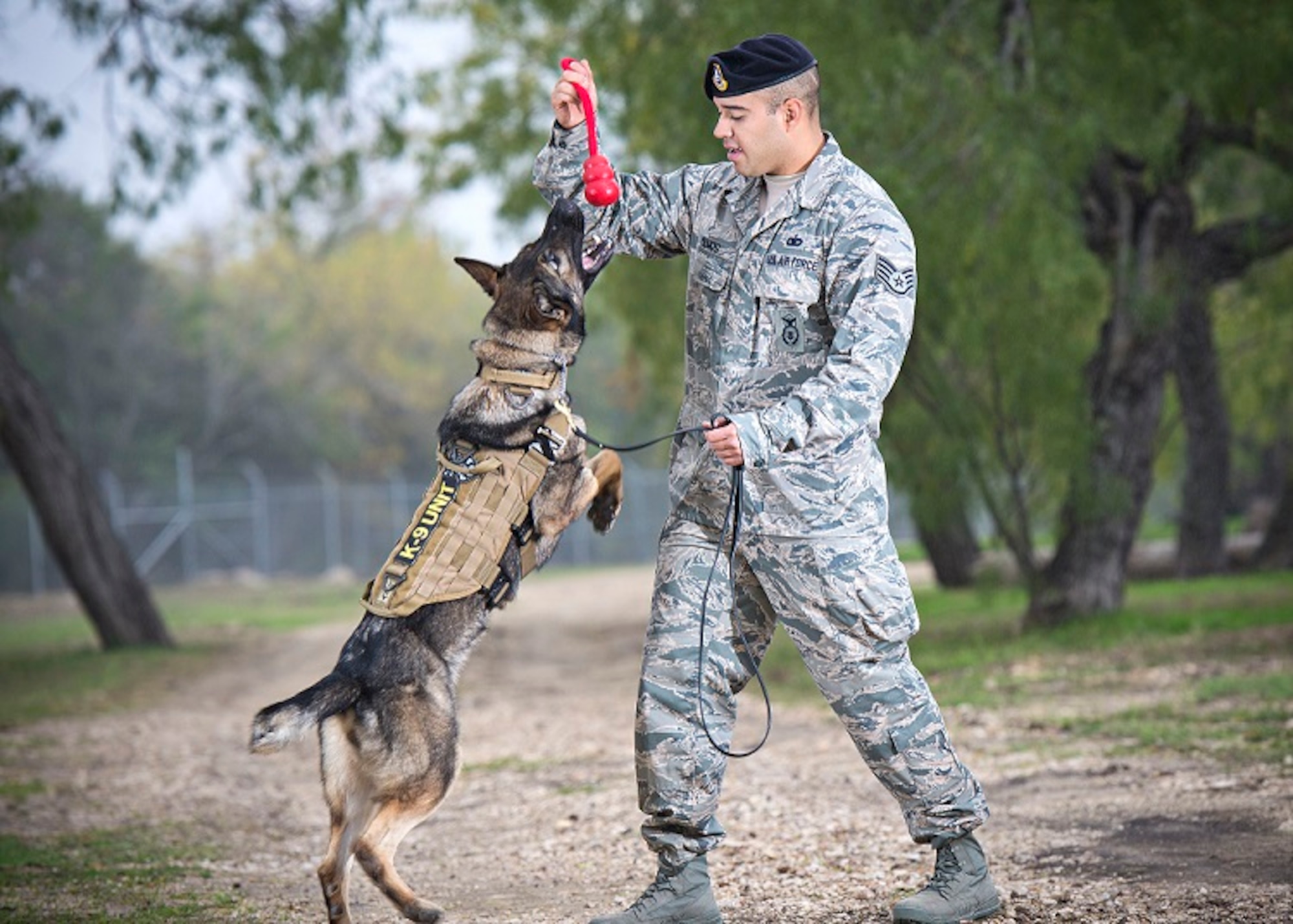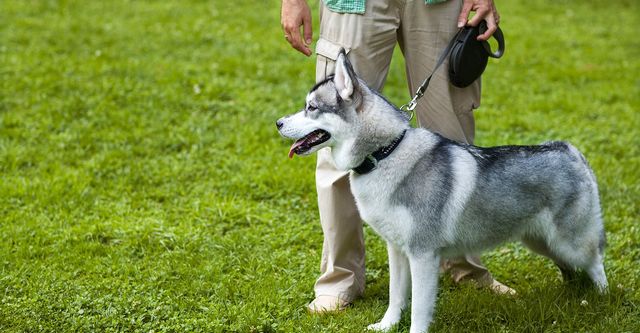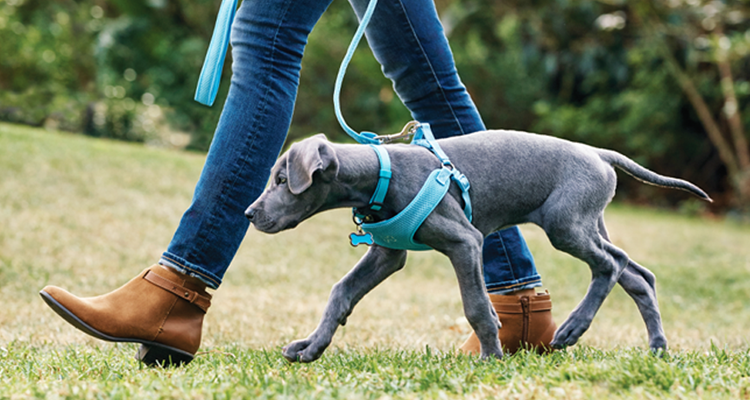Transform Your Pet dog's Habits With Proven Training Methods
Changing your dog's actions needs a nuanced understanding of their individual traits and requirements, in addition to the application of proven training methods. By using positive reinforcement and identifying necessary add their body language, you can efficiently address usual behavioral issues such as extreme leaping or barking. Consistency in your training technique not just enhances obedience but also cultivates a much deeper bond of depend on and respect between you and your family pet. Nevertheless, the course to successful transformation may present unforeseen difficulties that warrant further expedition.

Recognizing Pet Habits
Recognizing dog actions is crucial for effective training and communication between people and their canine buddies. Pet dogs, as social pets, show a series of habits affected by genes, setting, and experiences. Recognizing these actions helps proprietors tailor their training approaches to meet the details requirements of their canines.
Secret aspects of dog behavior consist of body language, articulations, and social communications. Furthermore, socialization plays a vital function in shaping actions; pets that communicate positively with numerous individuals and other pets are generally more versatile and well-adjusted.
In addition, acknowledging stress signals-- such as avoidance, panting, or pacing behaviors-- can prevent escalation right into extra significant concerns. Owners that are in harmony with their canine's behavior can develop a safe and nurturing setting, cultivating count on and boosting the training process. Eventually, a deep understanding of canine actions lays the structure for a harmonious relationship and effective training results, making certain both pet dogs and their owners prosper together.
Positive Support Strategies
Positive support techniques are widely recognized as one of one of the most efficient approaches for training pets, fostering a favorable discovering atmosphere. This technique includes satisfying preferred habits with treats, praise, or play, thereby motivating the pet to duplicate those actions (Dog training). Unlike corrective techniques, favorable reinforcement constructs count on and reinforces the bond between the pet and the instructor
Benefits should be provided promptly complying with the preferred habits to aid the dog make the connection. Consistency is likewise necessary; utilizing the same commands and benefits aids the canine understand what is expected.
It is necessary to keep in mind that positive reinforcement is not concerning bribery; rather, it is concerning strengthening excellent habits. With time, as the pet dog learns to connect specific actions with positive results, the frequency of incentives can be slowly reduced, transitioning to spoken appreciation or recurring rewards. This method not just urges obedience yet additionally promotes a confident and pleased pet dog, making training a more enjoyable experience for both celebrations entailed.
Resolving Usual Problems
Attending to common problems throughout canine training is important for making sure a harmonious and successful connection between the canine and its owner. Lots of dog proprietors encounter behavior obstacles, such as excessive barking, leaping, and leash pulling. Understanding the origin triggers of these behaviors is essential for reliable training.
To alleviate this, supply sufficient physical workout, mental excitement, and opportunities for social communication with both people and various other canines. Training the pet to sit upon greeting can redirect this behavior positively.
Leash drawing is one more prevalent issue, often arising from a dog's eagerness to discover. Using appropriate leash taking care of methods, integrated with training methods that urge loose-leash walking, can dramatically enhance this habits.
Furthermore, problems like resource safeguarding or separation anxiety call for tailored approaches. Progressive desensitization and counter-conditioning can be effective in resolving these difficulties. By acknowledging and proactively taking care of these typical problems, canine owners can cultivate an extra satisfying training experience and enhance the bond with their canine friends.
Consistency in Training
Uniformity is a cornerstone of effective canine training, as it establishes a clear home structure for the pet to comprehend expectations and actions. When cues, benefits, and commands are used consistently, dogs can quicker realize what is required of them. Irregular training can result in complication, resulting in unfavorable behaviors that discourage both the dog and the fitness instructor.
To achieve uniformity, it is essential that all participants of the family stick to the exact same training methods. Utilizing the exact same verbal signs and hand signals makes sure that the dog obtains uniform messages. Additionally, the timing of adjustments and rewards must correspond; instant support enhances the chance that the canine will associate the actions with the end result.
Regular technique sessions, coupled with organized routines for feeding, walking, and play, help dogs prepare for and recognize their setting, making them much more receptive to training. Ultimately, consistency fosters a sense of security and trust, encouraging canines to learn more efficiently.
Building a Solid Bond
Just how can promoting a strong bond in between a pet and its owner boost the training experience? A strong relationship built on trust and regard works as the foundation for reliable training. When a pet feels protected in its connection with its proprietor, it is a lot more most likely to exhibit favorable actions and be receptive to discovering. This bond urges the dog to involve completely in training sessions, as it checks out the proprietor as a resource of advice and support.

Additionally, a well-established connection can reduce stress and anxiety and behavior issues, as canines are much less likely to act out when they really feel understood and looked after. Prioritizing the advancement of a strong bond not just improves the training experience but likewise contributes to a happier and much more well-adjusted dog. Eventually, the trip of training changes right into a collaborative collaboration, their explanation leading to lasting behavior improvements.
Verdict

Proprietors who are attuned to their dog's actions can develop a risk-free and caring setting, promoting count on and improving the training process. Ultimately, a deep understanding of canine actions lays the structure for an unified connection and reliable training end results, making sure both canines and their owners grow together.
Dealing with common problems during pet dog training is important for ensuring a successful and unified partnership between the dog and its owner (Dog training).Consistency is a cornerstone of reliable dog training, as it develops a clear framework for the canine to understand habits and expectations.In verdict, changing a pet dog's behavior via verified training techniques requires an understanding of canine behavior, the application of positive reinforcement techniques, and an emphasis on consistency